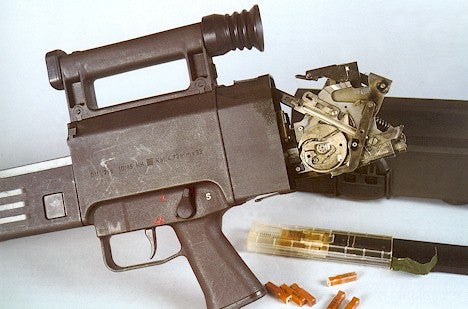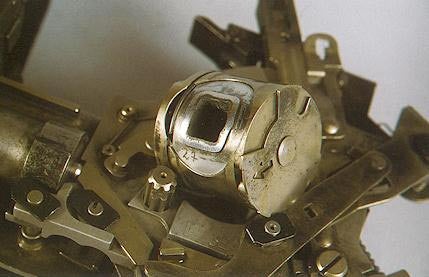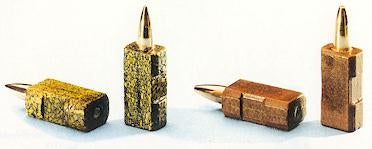Nolo
Member
Hmmm... I remember that HK seemed to have solved all the problems. The G11 was combat-grade, no? Certainly if I were to try and "adopt" caseless ammo, I wouldn't do it with a conventional rifle.



Yes, it is also known as "differential recoil" or "floating firing" and is common with AA cannon systems. However, it does not reduce the total recoil force (Newton doesn't allow that!). What happens is that the recoil begins as soon as the barrel and action start moving forwards, and continues through the cycle. So the graph of the recoil impulse, instead of showing sharp peaks and troughs with each shot, is much more level, and that makes automatic fire more controllable.There's also 'soft recoil' systems - primarily used on artillery, but employed on weapons like the XM-307/XM-312. In this case, the barrel and action are held to the rear under spring tension. On firing, the barrel and action are released, flying forward and firing when the action and barrel have attained maximum velocity. Recoil has to overcome this forward momentum, significantly reducing recoil.




That's what they thought originally, until they had a bad round and it couldn't be ejected to clear the weapon without field stripping. It would also make unloading the weapon troublesome as well... so, an ejection port is in fact required.The HK's internals, at least in theory, would be completely shut off from any damage, due to the sealed weapon (no ejection port).


